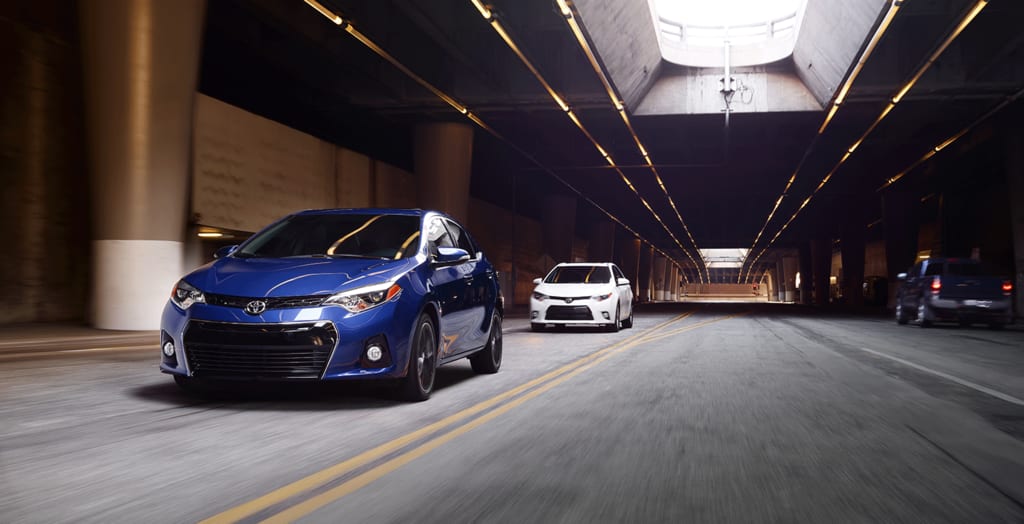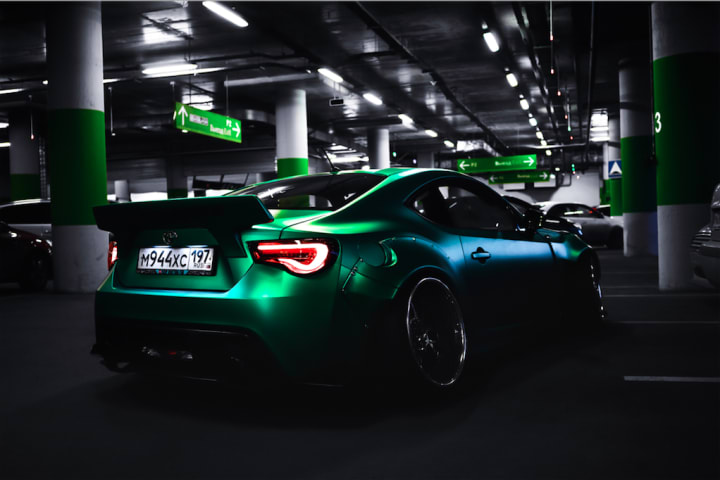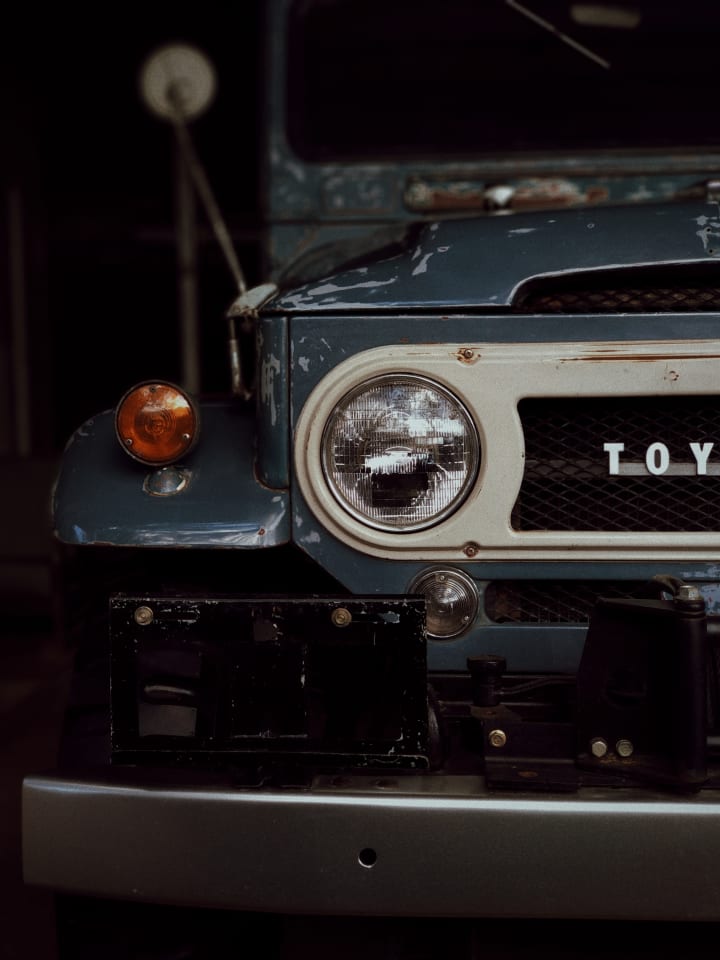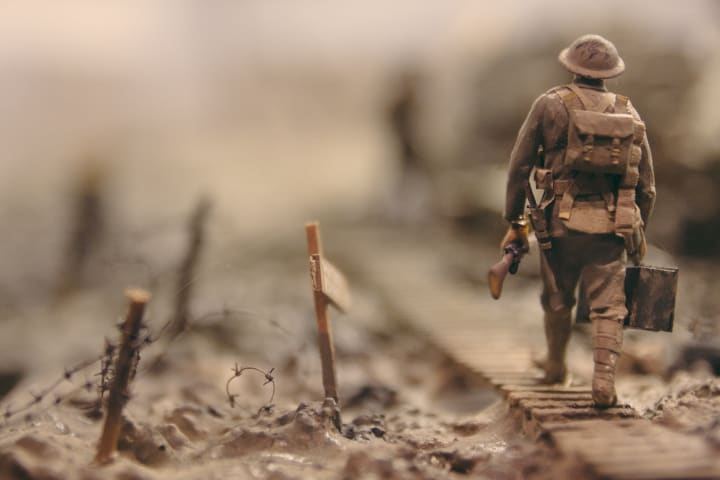Things You Didn't Know About Toyota
From its humble beginnings to its current status at the top of the automotive market, here are 10 things you didn't know about Toyota.

Wherever you are in the world, you almost certainly are aware of Toyota. Statistically speaking, it's even likely that you own a Toyota vehicle! Having produced well over 200 million units, Toyota is the largest and most widespread vehicle manufacturer in the world. Even as prominent as the company is on a global scale, there are still plenty of things you didn't know about Toyota. For example, do you know how Toyota got its name? Do you know how many times Toyota has straight up copied ideas from other car manufacturers? This article will discuss these and many other interesting factoids from the 80-year history of this Japanese car maker.
Toyota is super green.

Photo by Serge Kutuzov on Unsplash
With pioneering hybrid vehicles like the Prius under its belt, it shouldn't come as a surprise that Toyota is consistently ranked as one of the greenest companies in the world. Toyota puts so many resources into research and development (to the tune of $1 million per hour), and much of that goes toward making their vehicles more efficient. More fuel-efficient vehicles are not only better for consumers, but for the environment as well.
Of course, Toyota didn't get to the top of lists like the Carbon Clean 200 just by producing fuel-efficient cars. Over the past 20 years, Toyota has continuously created new eco-friendly objectives, frequently meeting and surpassing these objectives. The company has also contributed to numerous external environmentally friendly organizations, including a donation of millions of dollars and several vehicles to five national parks in the United States.
Toyota's headquarters is located in Toyota City.

Photo by Louie Martinez on Unsplash
Unless you're a Japanese geography buff or often travel to Japan, the location of Toyota's headquarters is obviously among the many things you didn't know about Toyota, but there's a unique story behind this one. As hilariously serendipitous it would have been for Kiichiro Toyoda to start the Toyota Motor Company in a place called Toyota City, the reality is that the city renamed itself in honor of its largest employer. Located in the Aichi Prefecture near the southern tip of the island of Japan, this city was originally a small village known as Koromo. Thanks in large part to the industry brought in by the successful Toyota Motor Company, the village gained city status in 1951. Soon after, in 1959, the city elected to rename itself to recognize the economic importance of the largest Japanese car manufacturer. Notably, Toyota City shares a bond with another important car town: Detroit, Michigan, United States. Toyota became Detroit's sister city in 1960 in recognition of the importance the automotive industry has in both cities.
The first "Toyota" company was a textile manufacturer.
The Toyota Motor Company was founded in 1937 by Kiichiro Toyoda. The vehicle manufacturer was originally an offshoot of Toyoda's father's company, a silk textile manufacturer called Toyoda Automatic Loom Works. When the world's demand for silk dropped after 1930, Kiichiro Toyoda began searching for ideas to expand the scope of the company. The earliest iteration of what would become the largest automotive company in the world officially came about in 1933 as a wing of Toyoda Automatic Loom Works.
Toyota was initially called "Toyoda."
You may have noticed that the founder of the Toyota Motor Company spells "Toyota" somewhat differently. While the very first vehicles produced by the company were labelled "Toyoda," it wasn't long before the name changed. In 1936, the company ran a competition to design a new logo as it prepared to separate from its parent company. After a winner was selected, Kiichiro's brother-in-law made a case for the more aesthetically pleasing "Toyota." The new name was simpler to write and clearer when spoken, and the new word was trademarked in 1937, marking the official birth of the Toyota Motor Company.
The Toyota Land Cruiser was originally the "Toyota Jeep."

Photo by Muhammad Putra Arienda on Unsplash
You may very well be familiar with the Toyota Land Cruiser. Close to 70 years old, it is Toyota's longest-running series of vehicles. The Land Cruiser is a sport utility vehicle, and like most reliable SUVs, it can trace its lineage back to the original SUV: the Willys Jeep Station Wagon. Produced by the Willys Company, the popularity of the "Jeep Wagon" spawned a wide interest in other Jeeps for military and civilian use.
Toyota joined the frenzy in 1951 with its own version of the SUV, which was creatively named... the Toyota Jeep. Amazingly, the company was able to get away with this name for three years until, in 1954, the Willys Company filed a trademark violation claim. In response to the claim, Toyota promptly renamed the vehicle as the Toyota Land Cruiser.
Lexus is just a luxury division of Toyota.

Photo by Andrew Worley on Unsplash
I'll admit that some car-savvy folks will already be aware of this fact. If you're new to the world of automobiles, however, this is likely one of those things you didn't know about Toyota until today. Luxury vehicle brand Lexus is actually division of Toyota, not a standalone company. The first seeds of Lexus were sown in 1983 when Toyota began a project to design a premium sedan. Ultimately, the company decided to launch the vehicle under a new division, and the Lexus brand officially launched with the Lexus LS in 1989. The company remains the largest selling luxury car make in Japan.
Scion was another division under Toyota.
Similarly to Lexus, the now-defunct brand Scion is another car manufacturer that you made not realize is just a subsidiary of Toyota, aimed at the opposite end of the consumer spectrum. The short history of Scion began in 2003, when Toyota made a push toward producing simpler, more accessible cars for younger drivers. While the company made a commendable effort to keep the vehicles affordable, Toyota eventually realized that it was better off producing vehicles for younger demographics under its own name. The Scion division was officially retired in 2013, and its more successful models were re-released as Toyotas.
Toyota pretty much stole its first engine from Chevy.

Photo by Chad Kirchoff on Unsplash
If you're like me, a lot of the things you didn't know about Toyota are incredibly surprising when you learn the truth. Many vehicle manufacturers do take "inspiration" from each other (the Toyota Jeep comes to mind), but Toyota's first engine is one of the most brazen cases I've seen of borrowed technology in the car industry. When the company first began in the 1930s, Toyota's workers basically had to learn how to make a car through trial and error and copying existing car manufacturers. To that end, the first Toyota engine was inspired by a Chevy engine, and the Toyota Model A1's engine even included pieces taken from an actual Chevy engine! To its credit, Toyota ended up with an engine that produced 10 percent more horsepower than the Chevy it was based on.
Toyota's first car body was a copy of Chrysler.
Not content with stealing ideas for its first engine, Toyota also deliberately copied an existing car body design for its first model. Kiichiro Toyoda's strategy in this case was actually quite sound, as he understood that it would take a couple years for the Toyota Motor Company to work out the kinks in its production line. For Toyota's Model A1 car, Toyoda decided to model the body after the Chrysler DeSoto, which was relatively adventurous in its aesthetic. By taking a design that was ahead of its time, Toyoda ensured that his vehicle wouldn't look dated by the time it was ready for distribution.
Toyota almost went under in 1950.

Photo by Stijn Swinnen on Unsplash
Toyota, like many other manufacturers, faced highs and lows over the years. The Toyota Motor Company was facing hard times in the middle of the 20th century, producing only 300 vehicles in 1950. The company clashed with unions after announcing layoffs and wage reductions in a standoff that culminated in the resignation of Toyota's founder and president, Kiichiro Toyoda. Soon after, the company would be saved by the advent of the Korean War. One of the very few beneficial side effects of war is a skyrocketed demand for a variety of manufactured goods. Case in point: the United States military ordered 5,000 units from Toyota during the first few months of the Korean War in 1950, practically raising the company from the grave and allowing it to become the automotive behemoth it is today.
About the Creator
Joseph D. N. Kendrick
Writer of words. Haver of cats. joeykendrick.com






Comments
There are no comments for this story
Be the first to respond and start the conversation.